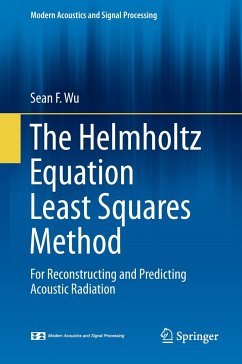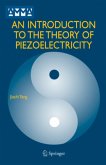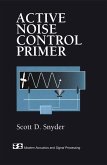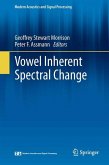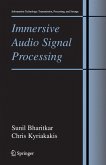This book is written for those who want to learn the state-of-the-art technology on visualizing acoustic radiation from vibrating objects, to understand difficulties involved in these inverse acoustic problems, and to acquire the information necessary to conduct successful vibro-acoustic diagnostics on their own. Attention is focused on the new development on nearfield acoustical holography (NAH) beyond the traditional Fourier acoustics that are suitable for separable geometries only.
Specifically, it presents Helmholtz equation least squares (HELS) method, inverse Helmholtz integral equations implemented via boundary element method, hybrid NAH and transient NAH that can be employed to tackle various reconstruction of vibro-acoustic fields generated by arbitrary objects subject to arbitrarily time dependent excitations in free or confined space.
This book can serve both as a textbook for graduate students and as a reference book for acousticians, researchers and noise control engineers with basic knowledge of acoustics. Homework problems are included at the end of each chapter. In addition, examples of computer programs written in Matlab are provided for the readers' convenience.
Specifically, it presents Helmholtz equation least squares (HELS) method, inverse Helmholtz integral equations implemented via boundary element method, hybrid NAH and transient NAH that can be employed to tackle various reconstruction of vibro-acoustic fields generated by arbitrary objects subject to arbitrarily time dependent excitations in free or confined space.
This book can serve both as a textbook for graduate students and as a reference book for acousticians, researchers and noise control engineers with basic knowledge of acoustics. Homework problems are included at the end of each chapter. In addition, examples of computer programs written in Matlab are provided for the readers' convenience.
